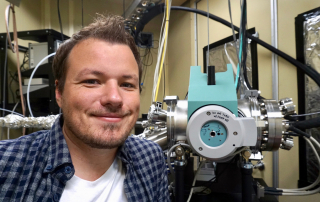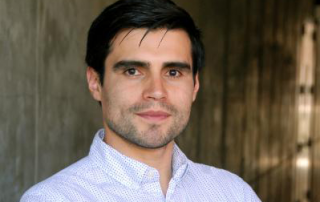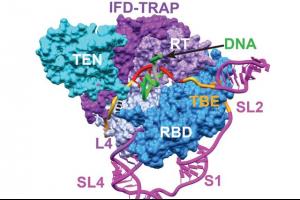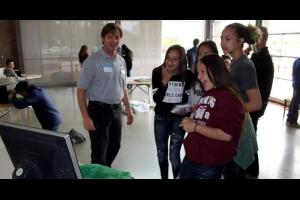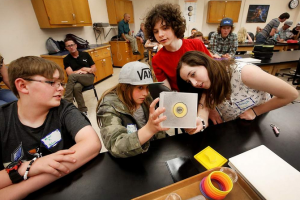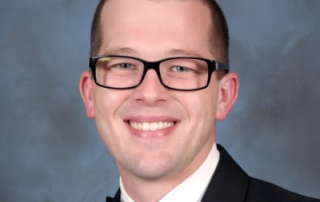Bjoern Enders, Physics Postdoctoral Fellow
Bjoern Enders joined the ALS as a postdoc in July 2016. He first worked on Beamline 5.3.2.1 before moving to Beamline 7.0.1 (COSMIC) when 5.3.2.1 was disassembled and the ptychography program was moved in the summer of 2017. His research is part of the NSF Science and Technology Center STROBE.
